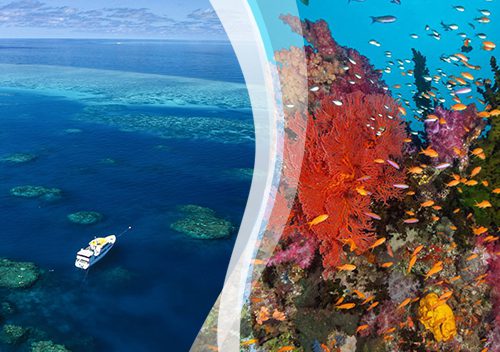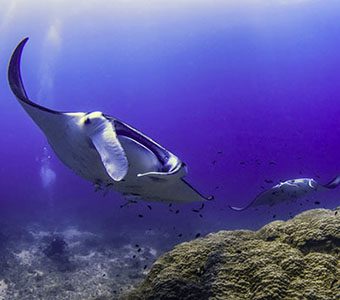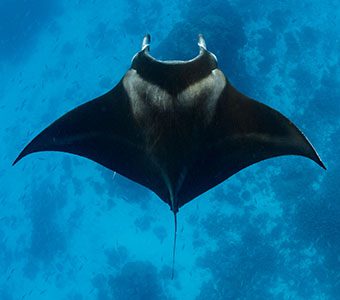Citizens of the Reef is calling on ocean lovers around the world to ditch the doomscroll to help analyse coral images collected from the Great Barrier Reef.
After 2025’s global bleaching event, a dedicated community of volunteers has collected 62,000 images, across hundreds of reefs from the 2700-kilometre-long Great Barrier Reef (GBR), marking this the largest dataset the annual Reef Census has ever collected.
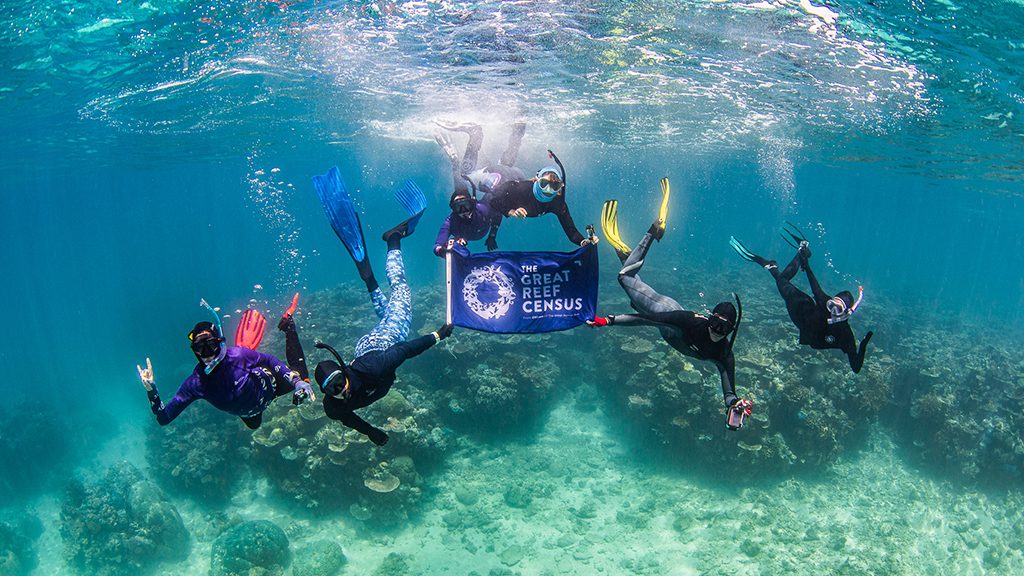
This incredibly valuable data now requires analysis. To do this, Citizens of the Reef needs thousands of volunteers to donate their screen time to help scientists and reef managers identify the most important reefs for conservation, intervention and protection.
“2025 has been an incredibly tough year for conservation programs worldwide. With the growing impact of climate change, massive funding cuts to programs due to the end of USAID support, and many countries scaling back their efforts, we’ve never needed more people-power than we do today.
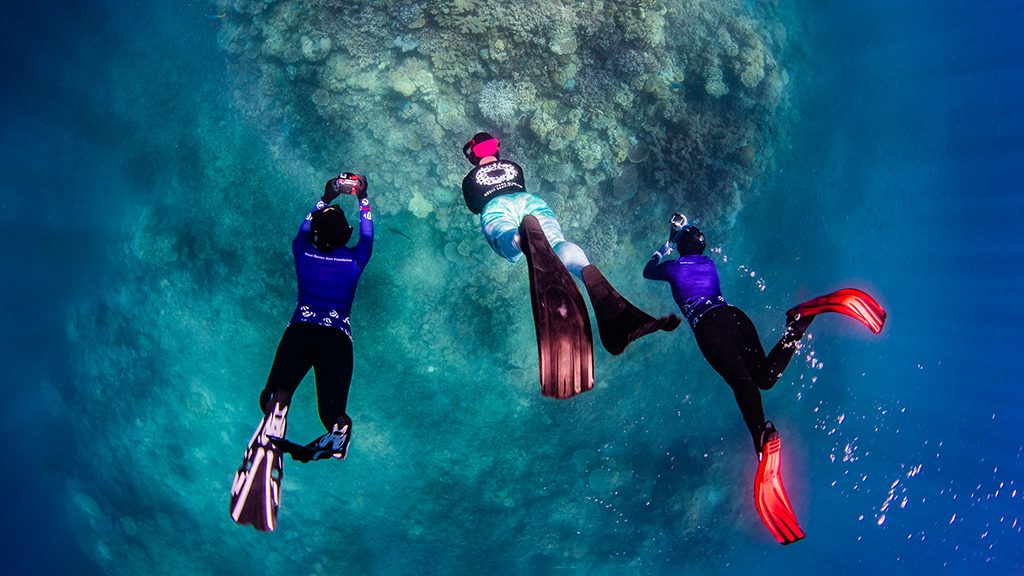
“The Great Reef Census provides a practical way to help – by simply redirecting a few minutes of your screen time to analyse images, you can make a significant impact on the conservation of the Great Barrier Reef. And as the program expands, help to protect coral reefs around the world.” Andy Ridley, CEO, Citizens of the Reef
Australians spend, on average, over three hours a day ‘doomscrolling’. By redirecting just a few minutes of this valuable attention, the entire annual Great Reef Census dataset could be analysed in a matter of hours.
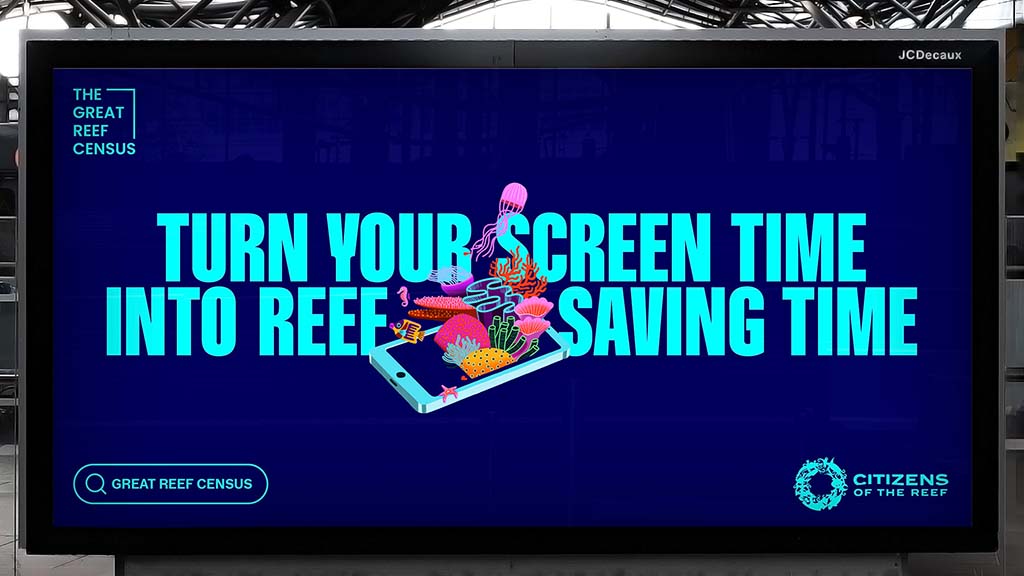
To engage the public to donate some of their spare screen time, Citizens of the Reef launched a campaign with playful taglines like ‘offset insta stalking your ex’ and ‘cat meme, cat meme, help the reef, cat meme’. The team believes that within those wasted scrolling hours lies the key to ensuring a thriving future for the reef.
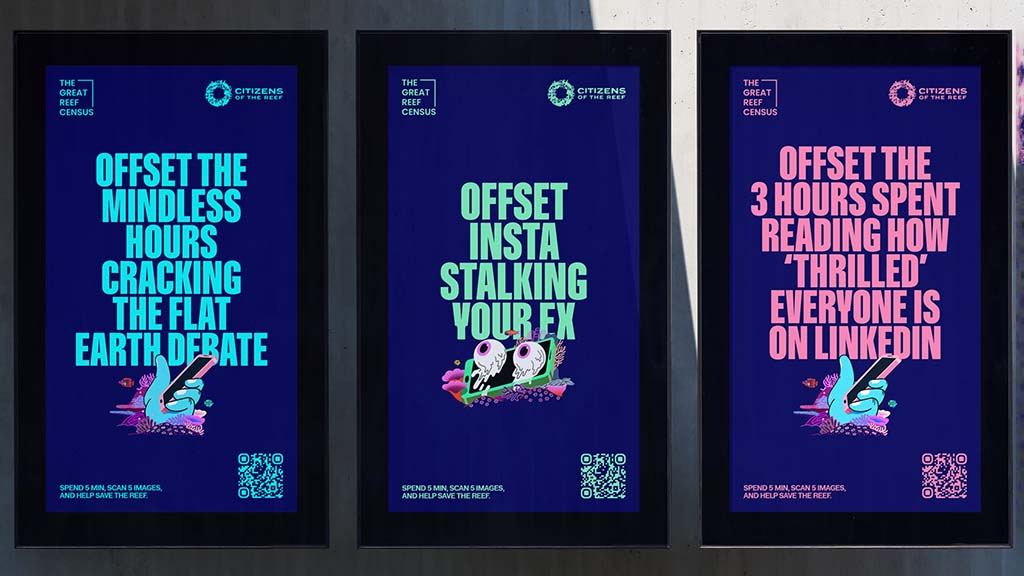
“Taking part in the Great Reef Census is an opportunity to turn passive screen time into active support for the Great Barrier Reef and make a real difference in its conservation.
“Anyone can provide valuable data from their device that helps prioritise site selection for restorative action. For example, identifying sites for the Crown of Thorns Starfish control program, or finding coral rubble sites in need of coral restoration,” said Nicole Senn, Head of Engagement at Citizens of the Reef.
Census images are analysed using a hybrid AI and human eye model that produces levels of accuracy comparable to expert analysis. A new scientific paper by leading reef scientists at the University of Queensland and James Cook University has verified the high value of the project’s citizen science data supported by cutting-edge AI.
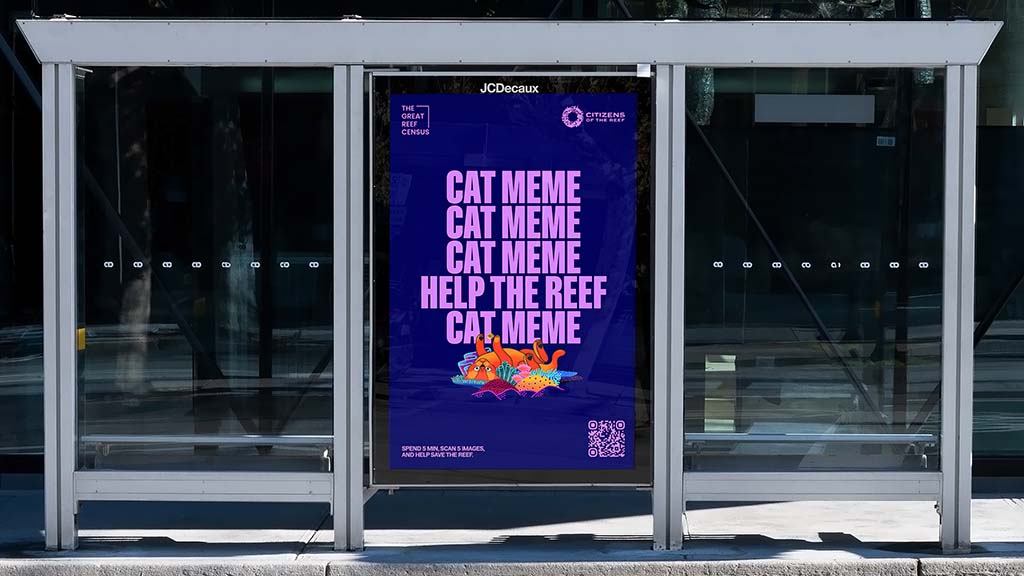
Virtual volunteers can help assess hard coral cover, identify key coral types and coral bleaching across hundreds of surveyed reefs, contributing to an initiative that informs reef authorities on the health of the GBR system. “The Great Reef Census not only informs local conservation strategies but also serves as a model for scalable, citizen-led reef field assessments worldwide,” Pete Mumby, Marine Spatial Ecology Lab, University of Queensland.
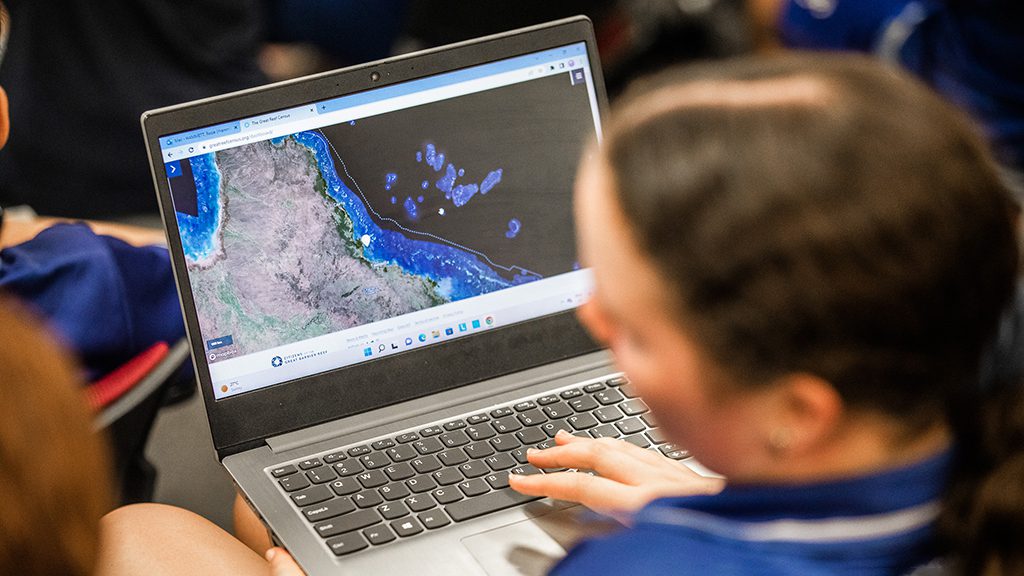
“As the largest dataset used by the Marine Spatial Ecology Lab at the University of Queensland, the Census contributes to the creation of reef protection models that guide conservation efforts on the GBR and is poised to make even greater contributions in reef conservation worldwide.”
The urgency to protect high priority reefs intensifies each year as global responses to climate challenges stagnate in the current political climate. While substantial reductions in emissions are essential for the survival of reef ecosystems worldwide, Citizens of the Reef are hoping that humanity will take meaningful action before it’s too late.
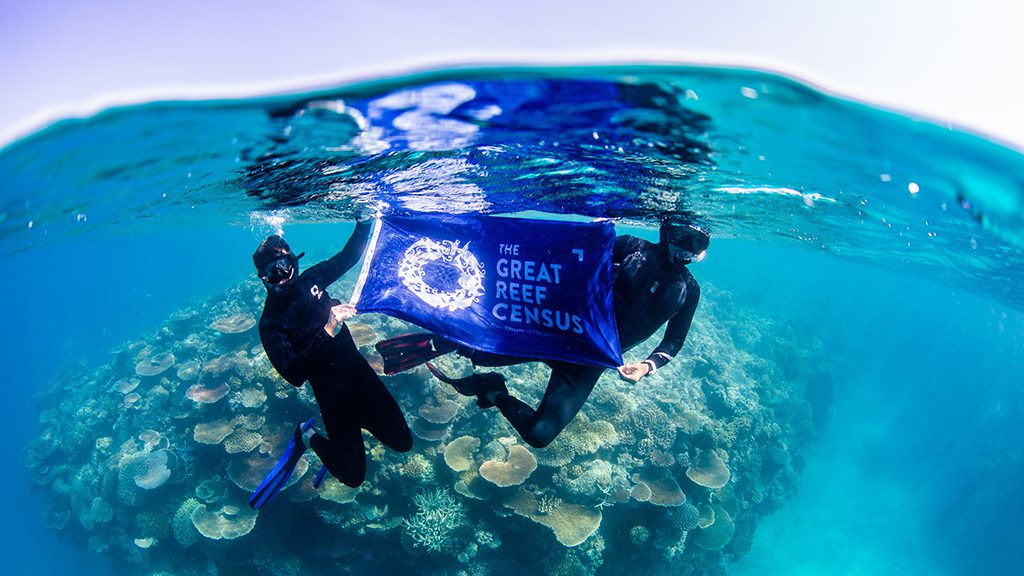
The Census has now reached a significant milestone, having surveyed nearly 25% of the Great Barrier Reef — an enormous addition to the 2%-5% of reefs that are regularly monitored by reef managers. With 740 reefs covered and 173,105 images collected over the past five years, the Census provides comprehensive, broadscale data that is desperately needed to help direct scarce conservation resources, helping reef managers and authorities make important conservation decisions.
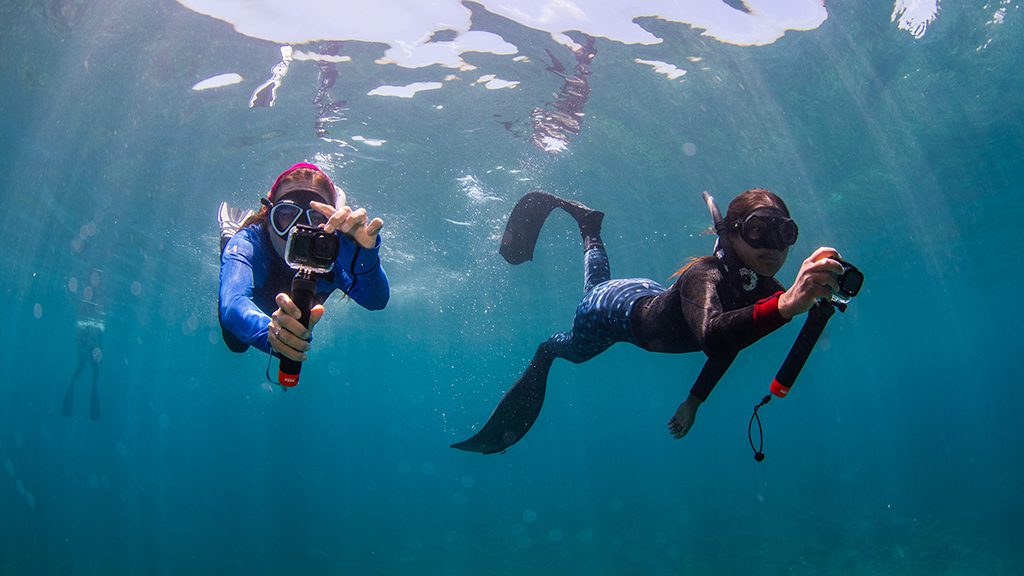
In addition to the everyday citizen, The Great Reef Census has had help from major companies like The Walt Disney Company, Mars, Cotton On Foundation, Dell Technologies, Salesforce, Atlassian, and many others engaging their staff as virtual volunteers for the initiative.
Additionally, a successful schools program, launched in 2022, has mobilised thousands of students from Australia and around the world to offset their doomscrolling by contributing to the conservation of the Great Barrier Reef.
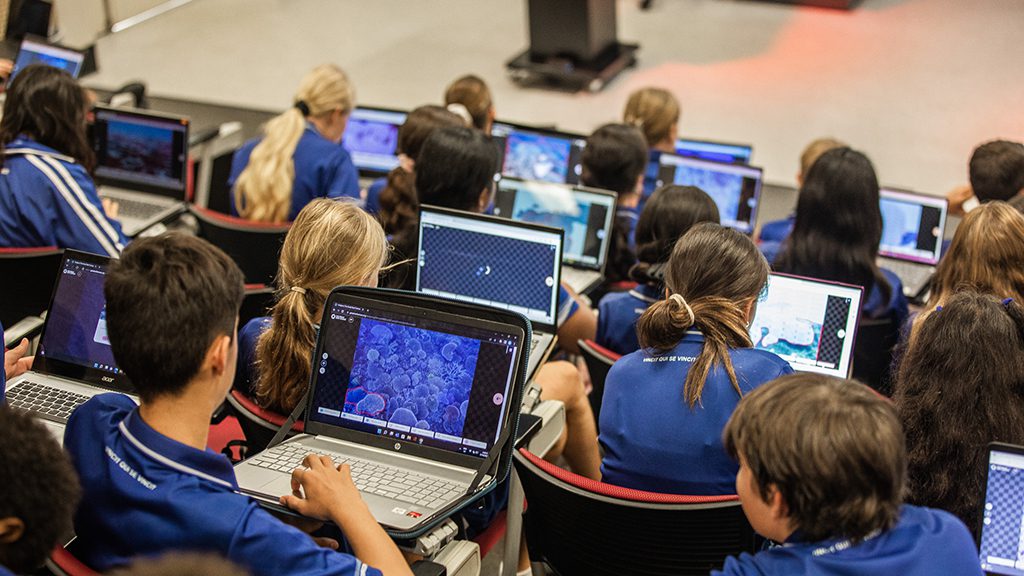
The Great Reef Census, developed on the Great Barrier Reef, was designed to be scaled up to reefs around the world. 2025 will see the project being rolled out in at least two new locations in the Pacific and Middle East, with many more in the planning stage, set to be announced in June this year.
Diveplanit would like to encourage all our ocean-loving subscribers to ditch the doomscrolling for 5 minutes to make a difference. Find out how here.

